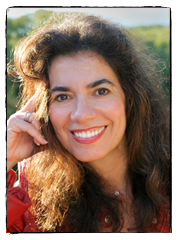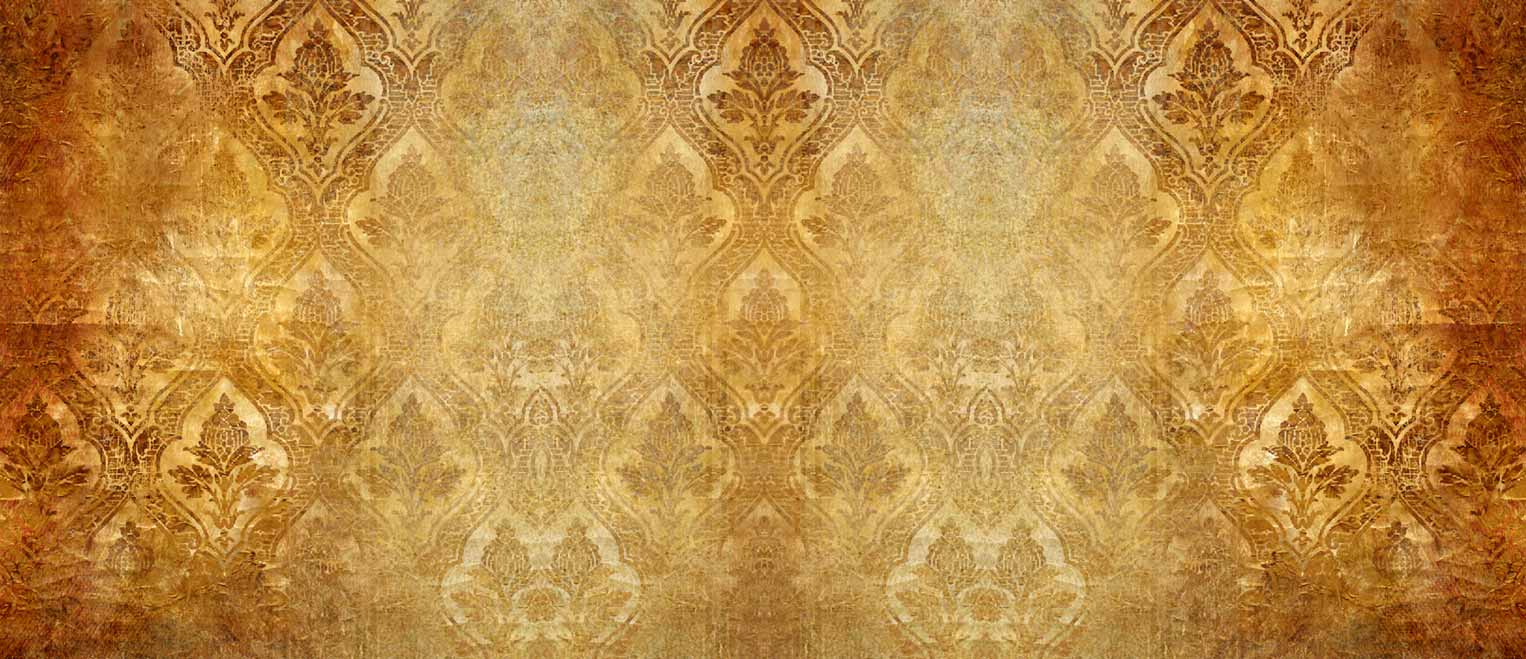In her own words
For many years I have been fortunate in studying with some of the great living meditation masters in the Vipassana and Dzogchen traditions, traveling to see them in Nepal, India, Bhutan, and Northwest China near the border of Tibet. This life-changing training and practice continues to inform every aspect of my work; in a sense my interest in fusion grew from integrating the insightful depth of these Eastern wisdom traditions with the accessible skills, breadth of understanding, and creativity of Western modalities.
During the same period I was practicing mindfulness meditation in intensive retreats, I also did a post-graduate training in Schema Therapy with Dr. Jeffrey Young, founder of the Cognitive Therapy Center of New York. As I was steeping myself in each of these Eastern and Western traditions, I began to see how they were offering similar insights and methods for working with the mind, though from different cultural perspectives – and in combination they powerfully complemented each other. I began to use this integration in my own work as a psychotherapist, which led me to write Emotional Alchemy: How the Mind Can Heal the Heart . I continue to teach workshops about Emotional Alchemy, and am working on a follow-up book.
One of the outgrowths of teaching Emotional Alchemy workshops internationally, has been developing a program for professionals to package their unique skills and integrate them with awareness training. Buddhist practice, simply put, aims to understand how the mind works in order to relieve suffering, and to be there for the needs of others in whatever way we can. The program, called Karuna Workshops, offers seminars inspired by an attitude of generosity, to further insight and compassion, and to raise funds for projects that benefit others. I co-founded the program with partners in Denmark, which continues to the present.
In graduate school my Masters thesis focused on caring for yourself while helping others, which evolved into a workshop for health professionals, and also a wellness education program for elders to help other elders, drawing on the wisdom of their lifelong experience. As a workshop leader, I have sometimes given presentations in restorative natural settings in the Caribbean, Europe, and the U.S. These gatherings are designed as educational vacations that provide nurturing, contemplative learning environments where people in the group readily become a bonded community.
One current interest extends this work to caretakers and social activists to turn inward, connecting with their own inner resources, while turning to each other for mutual support and to exchange ideas, as well as learn from inspiring social change leaders. One work-in-progress is organizing a think tank for people engaged in meaningful work to benefit others, to learn from Dr. Ariyaratne, whose Sarvodaya movement in Sri Lanka brings Gandhian and Buddhist principles to the challenges of development in the Third World.
One of the things that interests me in Dr. Ari’s work is that it focuses on developing self-reliance. Over the years I’ve been drawn to projects that, help people work toward ways to help themselves. One form this has taken is direct involvement, such as making the first widely available educational video about the Tibetan situation; at the time it was widely used by local groups and the Office of Tibet to raise public awareness. I was a coordinator for Home Aid, a benefit concert for the homeless, sponsored by the SEVA foundation at the Cathedral of St. John in New York City. As part of the task force for this concert, I arranged a SEVA grant for women living in homeless shelters to help them develop creative skills that would help them work toward economic independence.
Another form this has taken is through consulting or financial support, such as editing and underwriting the publication of Tibetan wisdom teachings. I continue to be inspired by finding ways to translate and integrate Eastern and Western insights and methods, while respect the integrity both of ancient and contemporary traditions.
More currently, I’ve been supporting and advising on a conflict resolution project based on Buddhist principles, consulting with and helping support training for monks in peaceful methods of resolving conflict between warring groups in Nepal, a country afflicted for years by civil strife.
I’ve been a longtime student of Japanese tea ceremony and Ikebana flower arranging, which led me to develop a workshop called the “meditative arts,” integrating these artistic forms with mindfulness and social awareness, such as honoring cultural diversity, through an aesthetic appreciation of the arts.
My grandfather was a well-known dance instructor who, in his Manhattan studio at 47th St. and Broadway, taught actors and actresses who needed to learn dance sequences for theater and movies. My lifelong interest in dance blossomed while I was living in the San Francisco Bay Area, where I studied with Chitresh Das, a master of Kathak, an Indian dance form. Kathak highlights story-telling; it originated in the Indian region Rajasthan — which is also where the gypsies came from. The gypsies’ dance and music evolved as they roamed the world, ripening into flamenco as they reached Spain. Dance historians believe Kathak and flamenco share the same roots, as is depicted beautifully in Lacho Dromo , the film about the migration of the gypsies, and how they transcended their hardships through dance and music.
My grand-father had a fascination with the rhythmic connection between tap and flamenco, as I remembered when I was developing a dance that combined the similarities in movements, rhythm, and melody of Kathak and flamenco. These dance forms are so similar – yet it is still a creative challenge to figure out how to segue from bells and bare feet to high heels!
Another dance work-in-progress combines Kathak with my longtime interest in the Japanese tea ceremony. Sometimes when I’m writing my book, I find an idea expresses itself more readily as a dance. One day I was writing about the arts as a vehicle for appreciating ethnic diversity, when I decided to choreograph these ideas using the storytelling aspect of Kathak. I started with a sequence that shows a vignette of mindfully serving a bowl of tea in the manner of the Japanese ceremony – with all the graceful and precise movements of tea.
Then I realized I could keep going, and continued to play with vignettes of other styles of tea, like the intricacies of British High Tea in the grand manner. Then I looked into the many simple or elaborate traditions of serving tea in the Middle East, China, Tibet, East India, and America. So the dance combines these with a playful spirit: an appropriate musical soundtrack from each culture accompanies the depiction of their style of tea. There’s the ritualized, utterly attentive movements of Japanese tea, followed by an American multi-tasking while dipping a Lipton teabag in a cup, distractedly scanning the newspaper and listening to the radio. Then the relaxed, folksy style of the Indian chai walla, juxtaposed with the overly mannered and all-too-proper English afternoon tea – all tied together with the Kathak sadighat , dance movements that provide a connecting tissue of rhythm.
The point of this global tea dance: even with all the differences and conflicts going on in the world, there’s one thing we know we can all agree on – everybody loves to drink tea!



